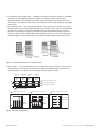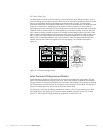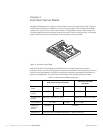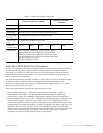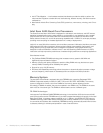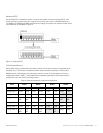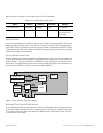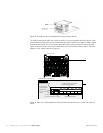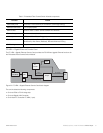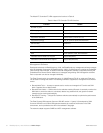www.hitachi.com BladeSymphony 1000 Architecture White Paper 25
If an uncorrectable error occurs in a DIMM in the primary, the mirror is used for both writing and reading
data. If an uncorrectable error occurs in a DIMM in the mirror, the primary is used for both writing and
reading data. In this case, the error is logged as a correctable error. If the error is uncorrectable by the
primary or mirror, it is logged as an uncorrectable error.
On-Module Storage
Intel Xeon Server Blades support up to four internal 2.5-inch SAS hard drives The SAS architecture,
with its SCSI command set, advanced command queuing, and verification/error correction, is ideal for
business-critical applications running on BladeSymphony 1000 systems.
Traditional SCSI devices share a common bus. At higher signaling rates, parallel SCSI introduces clock
skew and signal degradation. Serial Attached SCSI (SAS) solves these problems with a point-to-point
architecture where all storage devices connect directly to a SAS port. Point-to-point links increase data
throughput and improve the ability to find and repair disk failures. The SAS command set is parallel
SCSI, frame formats are from Fibre Channel, and physical characteristics are from Serial ATA. SAS links
are full duplex, enabling them to send and receive information simultaneously, which reduces latency.
The SAS interface also allows multiple links to be combined, creating 2x, 3x, or 4x connections to
increase bandwidth.



